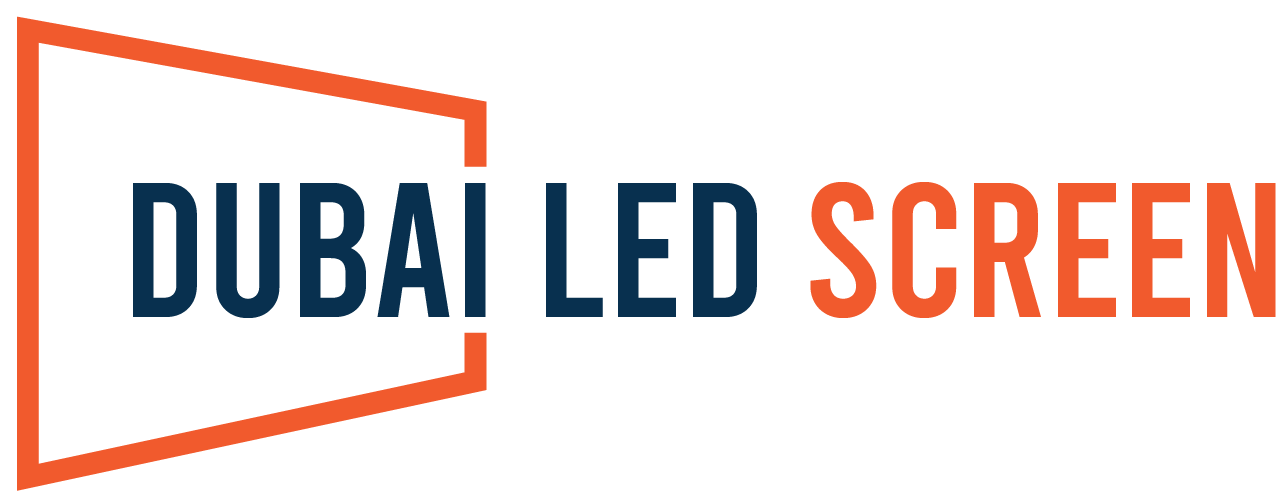In the ever-evolving landscape of broadcast media, LED screens have emerged as a transformative force, reshaping the way radio and television stations connect with their audiences. This technological advancement has introduced a new dimension to broadcasting, offering broadcasters unparalleled flexibility and interactivity in delivering content. Let’s delve into how LED screens are revolutionizing the radio and TV media industry, enhancing viewer engagement and enriching the storytelling experience.
The Evolution of Visual Storytelling
Traditionally, radio and television broadcasts relied heavily on audio and static imagery to convey stories and information. However, the integration of LED screens has dramatically altered this paradigm, introducing dynamic visual elements that significantly enhance the viewer’s experience. By displaying high-definition video and images, LED screens bring broadcasts to life, making them more engaging and visually appealing.
Advantages of LED Screens in Broadcasting
Immersive Viewing Experience
One of the most notable benefits of LED screens in the broadcast industry is the creation of an immersive viewing experience. Whether it’s a news report featuring dramatic footage or an entertainment program showcasing stunning visuals, LED screens enable broadcasters to present content in a way that captivates audiences and draws them deeper into the narrative.
Interactive Engagement
Beyond merely displaying content, LED screens allow for interactive engagement with viewers. This can range from live polls and quizzes to interactive games and social media integrations, making broadcasts more interactive and participatory. Such features not only enhance viewer engagement but also foster a sense of community among the audience.
Cost-Effective Solution
Compared to traditional methods of producing visual content, LED screens offer a cost-effective solution for broadcasters. They eliminate the need for expensive studio setups and complex production processes, enabling broadcasters to produce high-quality visual content with relative ease and efficiency.
Case Studies: Transforming Broadcast Media
Several broadcasters worldwide have leveraged LED screens to transform their programming, showcasing the potential of this technology to revolutionize the industry.
- News Broadcasts: News stations have utilized LED screens to enhance their coverage, using high-resolution footage and images to provide a more comprehensive and visually striking presentation of news stories.
- Entertainment Programs: Entertainment programs have benefited from LED screens by incorporating dynamic visual elements into their productions, creating a more engaging and visually appealing viewing experience for audiences.
- Educational Programming: Educational broadcasters have used LED screens to create interactive learning environments, combining visual content with educational material to make learning more engaging and effective.
Conclusion
The advent of LED screens marks a significant milestone in the evolution of radio and TV media, offering broadcasters a powerful tool to enhance the quality and impact of their content. By bringing dynamic visual elements to broadcasts, LED screens are not only transforming the viewer experience but also paving the way for new forms of interactive engagement. As technology continues to advance, it’s exciting to envision the future possibilities for broadcast media, driven by innovations like LED screens that redefine the boundaries of storytelling and audience engagement.
